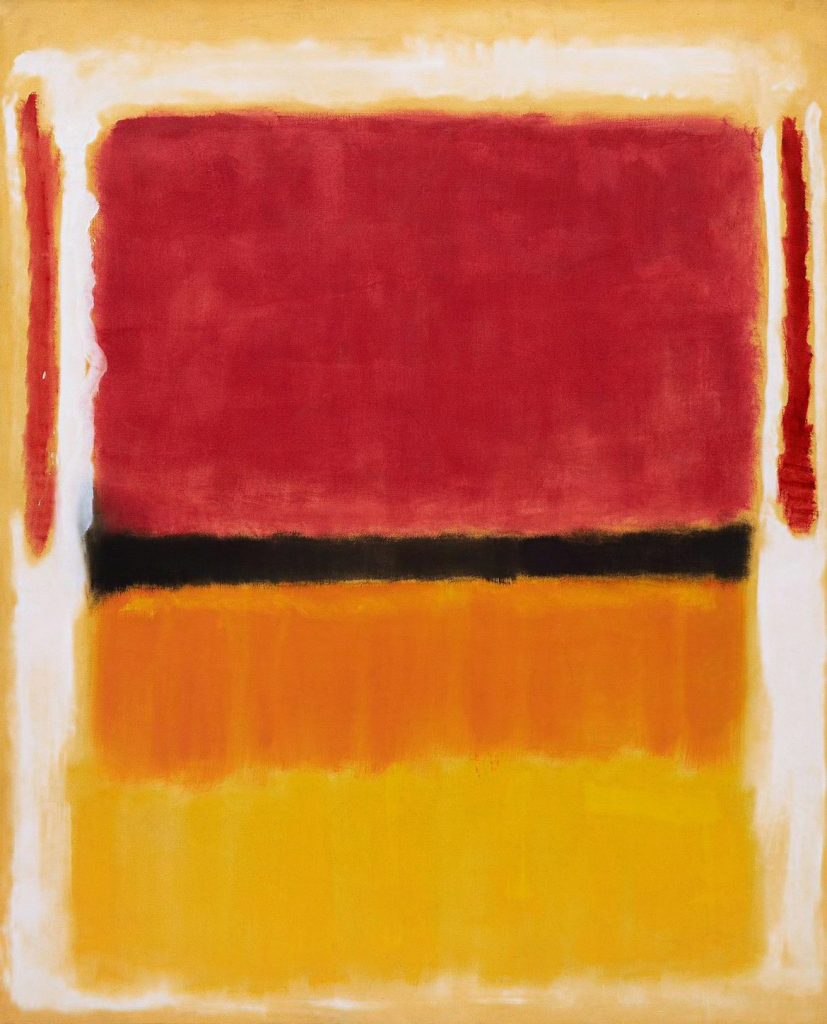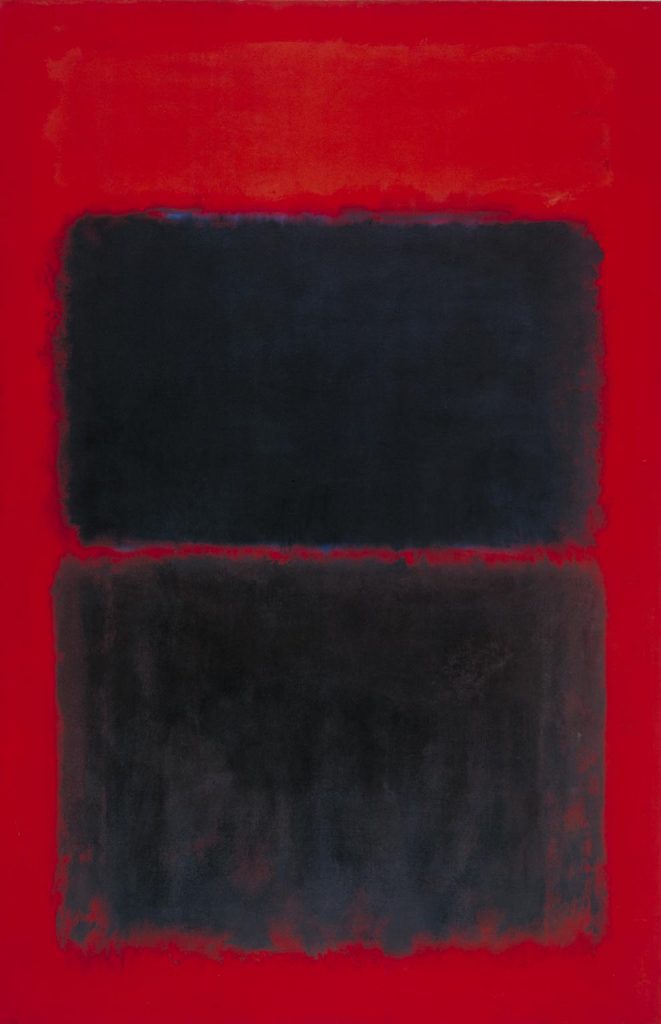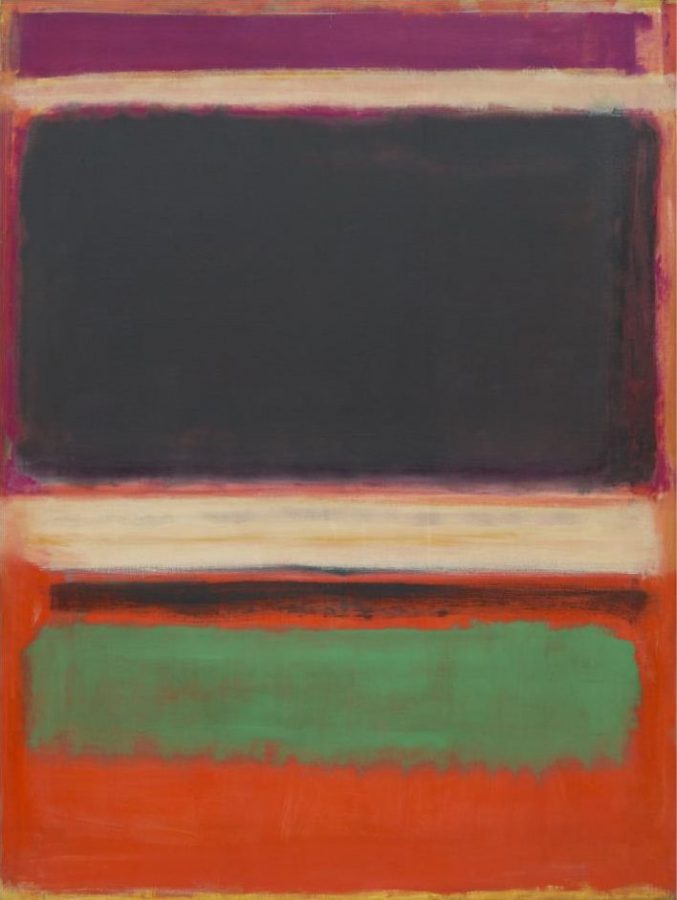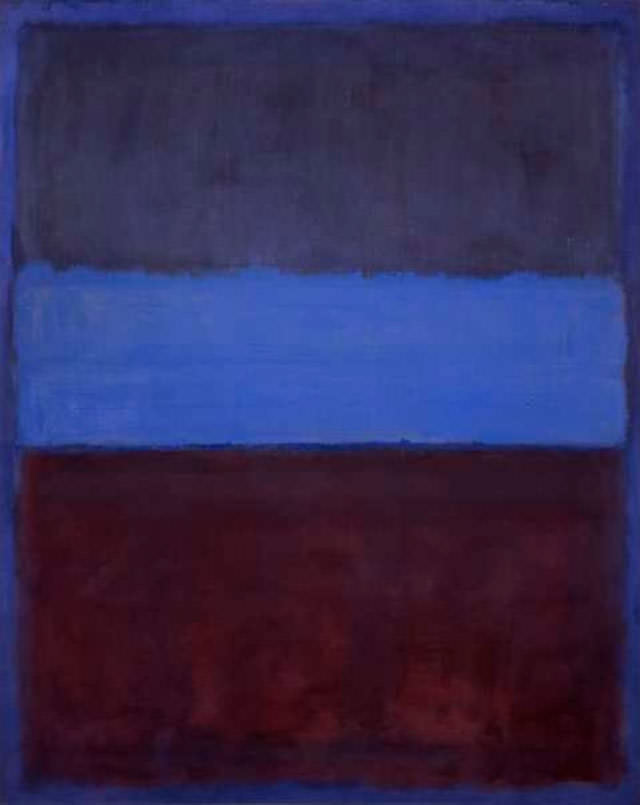5 American Impressionists You Need to Know
Impressionism is an art movement that originated in France in the 19th century. Artists associated with this movement are known for their dream-like...
Ruxi Rusu 4 December 2024
When you say Rothko, you think of large paintings of colorful rectangular form with frayed edges, horizontal, sometimes vertical as well, floating on a background of color. These are the most analyzed, re-evaluated, and debated works of his. They communicate with the viewer at such a deep emotional level that occasionally people cry when looking at them.

Mark Rothko (1903-1970) was a deeply religious person, preoccupied with major existential themes. Throughout his artistic life he went through different creative phases. In his early paintings he wanted to depict the eternal symbols of the “human drama,” the “tragic and timeless,” that he saw especially in the myths of ancient people. Perhaps influenced by Carl Jung, and intrigued by the power of the unconscious and preconscious minds, Rothko’s paintings became increasingly abstract starting in 1943. However, around 1947 he realized that those who are viewing his paintings are no longer familiar with the ritual and transcendent experience once common in ancient societies. The abstract figures of his Surrealist work continue to break down until there is nothing left but the colors, a style called “multiform.”

From there is but a step to what we consider to be his classical works, created from the 1950s to 1970s. These seem to have reached the supreme refinement in reflecting human emotions through color.
The creative process was a complex one and therefore Rothko was very secretive about his method. However art conservers have been able to decipher some of his techniques. Ultraviolet images reveal that each layer was made from a unique medium that fluoresces differently. Furthermore, his use of materials was quite unconventional. He used very thin layers of different kinds of paint, diluted oil paint, or his own pigments mixed with resin and he even used egg paint. In addition, he would modify the properties of the paint to obtain the desired drying time or viscosity. Rothko also applied phenol formaldehyde to prevent layers from blending into one another. Each work of art is different in regard to the paint mixture or layer sequence.

For the full experience, Rothko asked curators to hang his paintings close to the floor and indicated that the optimal watching distance is 18 inches (approx. 45 cm). At this distance the work of art completely dominates one’s field of vision. One feels as if there is nothing but color around them, until completely immersed in it, to either lose oneself or discover one’s true self. Thus it is a very intimate and life-changing experience to look at a real Rothko. The way light interacts with the surface is so uniquely engaging. The layering creates a certain aura that gives one a feeling of reflection, of meditative contemplation. The consecutive layers give his work a variety of glosses and a variation of opacity. It isas if he builds layers of human emotions and constructs an inner world, capturing the passing of time with each new application of color.

Above all, each painting is a whole world with its own unique meaning, with the potential to speak with every viewer. It communicates with the most elemental parts of oneself, to that which serves as the cradle of one’s emotions. However one must make sense of it through the mechanisms of their own psychological processes. Ultimately, as we are coming to an understanding, we bring something from ourselves and put it into the painting. This is why it has different meanings for each viewer.
By looking at the same picture, we will each see something different because the way we experience color is filtered through our experience of the world, our experience of our own lives. Color is deeply subjective and deeply intertwined with our memories, our senses, our emotions, and our feelings.
Ben Street, Mark Rothko seeing Red conference, 2016, Kunsthistorisches Museum, Vienna, Austria.

Jane Qiu, “Rothko’s methods revealed,” Nature.com. Retrieved April 15, 2021.
“American Masters: Rothko Pictures Must Be Miraculous Season 33,” published 8 Feb 2021. Retrieved April 15, 2021.
Lecture by Christopher Rothko, “Mark Rothko and the inner World,” 18 March 2019. Retrieved April 15, 2021.
Lecture by Ben Street, “Mark Rothko seeing Red,” May 2019. Retrieved April 15, 2021.
DailyArt Magazine needs your support. Every contribution, however big or small, is very valuable for our future. Thanks to it, we will be able to sustain and grow the Magazine. Thank you for your help!